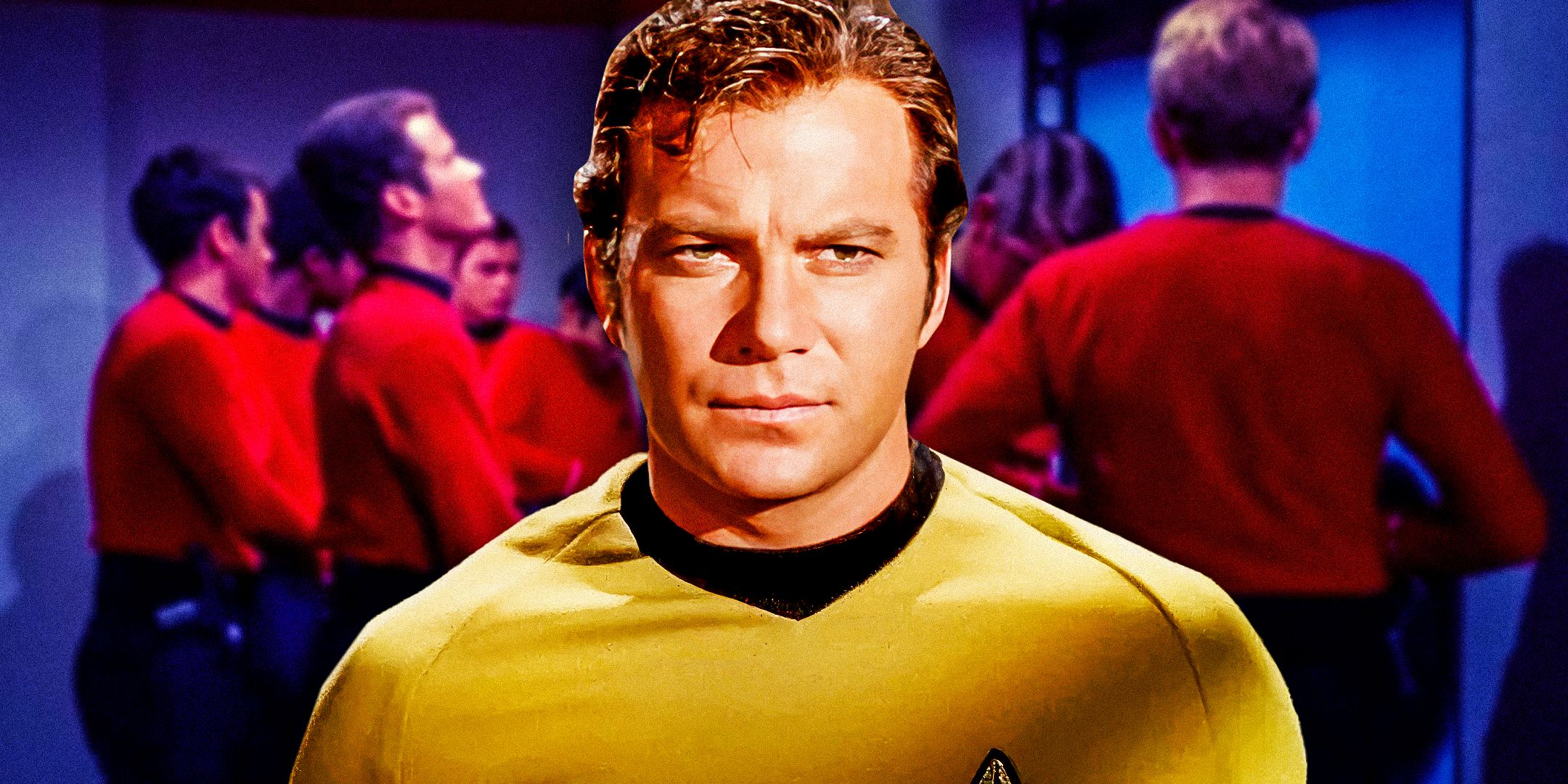Entertainment
Disney’s Entertainment Streaming Business Ekes Out Surprise Profit as Disney+ Core Subscribers Top 117 Million

Disney‘s entertainment streaming segment, anchored by Disney+, scored its first profitable quarter, helping offset continued weakness in the media conglomerate’s linear TV business for the first three months of 2024.
To be sure, Disney’s overall streaming business was still in the red for the quarter when factoring in ESPN+, which had an operating loss of $65 million. The company reiterated its expectation that its combined streaming operations will achieve profitability in the September 2024 quarter.
Overall, Disney revenue for the quarter ended March 30 was in line with Wall Street expectations, while it beat on adjusted earnings per share. The Mouse House’s results got their biggest lift from the theme parks division, where revenue rose 10% and operating income was up 14%. Disney’s theatrical revenue dropped year over year “as there were no significant titles released” in the quarter, and revenue in the linear networks segment declined 8%.
Disney’s entertainment direct-to-consumer business, encompassing Disney+, Hulu and Disney+ Hotstar, turned a profit in the quarter: Operating income was $47 million (compared with a loss of $587 million a year ago) on revenue of $5.64 billion (up 13%) for the period, which was the company’s Q2 of fiscal 2024.
Disney+ Core (which excludes Disney+ Hotstar in India and other Southeast Asian countries) gained 6.3 million subscribers in the period to hit 117.6 million, above forecasts. The company previously projected Disney+ Core subscriber net adds of 5.5 million-6 million.
“While we are expecting softer Entertainment DTC results in Q3 to be driven by Disney+ Hotstar, we continue to expect our combined streaming businesses to be profitable in the fourth quarter, and to be a meaningful future growth driver for the company, with further improvements in profitability in fiscal 2025,” the company said.
Disney credited the improved DTC entertainment results to subscription revenue growth — driven by price hikes for Disney+ and Hulu, as well as subscriber growth in Disney+ Core — along with higher ad revenue and lower distribution costs. Average monthly revenue per subscriber for Disney+ Core globally rose 6% sequentially to $7.28 while it dropped 2% in the U.S./Canada to $8.00.
CEO Bob Iger said in prepared remarks, “Our strong performance in Q2, with adjusted EPS up 30% compared to the prior year, demonstrates we are delivering on our strategic priorities and building for the future. Our results were driven in large part by our Experiences segment as well as our streaming business. Importantly, entertainment streaming was profitable for the quarter, and we remain on track to achieve profitability in our combined streaming businesses in Q4.”
Alluding to Disney’s lack of big movie premieres in the March quarter, Iger said, “We have a number of highly anticipated theatrical releases arriving over the next few months.”
The results come after Iger and the 11 other incumbent Disney-backed board members last month won reelection by a wide margin at the annual shareholders meeting. That followed a contentious, months-long proxy fight brought by activist investor Nelson Peltz, whose Trian Partners had unsuccessfully lobbied to get a pair of board seats. Peltz had argued that Disney’s stock underperformance required new directors to provide fresh thinking.
For the March quarter, Disney’s domestic linear TV revenue dropped 7%, to $2.27 billion, and operating income slumped 22%, to $520 million. Disney attributed the decrease in operating income to “the impact of the nonrenewal of carriage of certain networks by an affiliate” (an evident reference to Charter dropping eight cable networks last fall) and a decline in ad revenue reflecting lower average viewership. ESPN revenue was up 3%, to $4.21 billion, and operating income declined 9%, to $799 million.
Overall, Disney posted revenue of $22.08 billion (up 1.2%) and a net loss of $20 million (versus net income of $1.27 billion in the year-earlier period), or a loss of 1 cent per share.
The company’s bottom line took a hit from a one-time $2.05 billion charge for goodwill impairments related to Star India and unspecified “entertainment linear networks.” The impairment at Star India was a result of the company’s deal with Reliance Industries to merge Star India operations with Reliance’s Viacom18 in a new joint venture. Goodwill impairment occurs when a company has acquired an asset for more than its fair-market value and then the value of that asset declines.
Excluding the $2 billion goodwill impairment charge (as well as amortization of 21st Century Fox and Hulu intangible assets and fair value step-up on film and TV costs), Disney’s adjusted earnings per share for the quarter came in at $1.21 — up 30% year over year. Wall Street analysts on average expected revenue of $22.12 billion and adjusted earnings per share of $1.10 for the quarter, according to data provider LSEG.
As a result of the “outperformance” in the second fiscal quarter, Disney raised its full-year adjusted EPS growth target to 25% (from “at least 20%” previously). The company said it repurchased $1 billion worth of shares in the quarter and that it “look[s] forward to continuing to return capital to shareholders.”









:quality(70):focal(1012x1929:1022x1939)/cloudfront-us-east-1.images.arcpublishing.com/shawmedia/RKEBJRHK55G5DOPONM3AKK7H4M.jpg)
/cdn.vox-cdn.com/uploads/chorus_asset/file/25446300/A_2020_09_17_05_32_29_CollageAtlasShot.png)